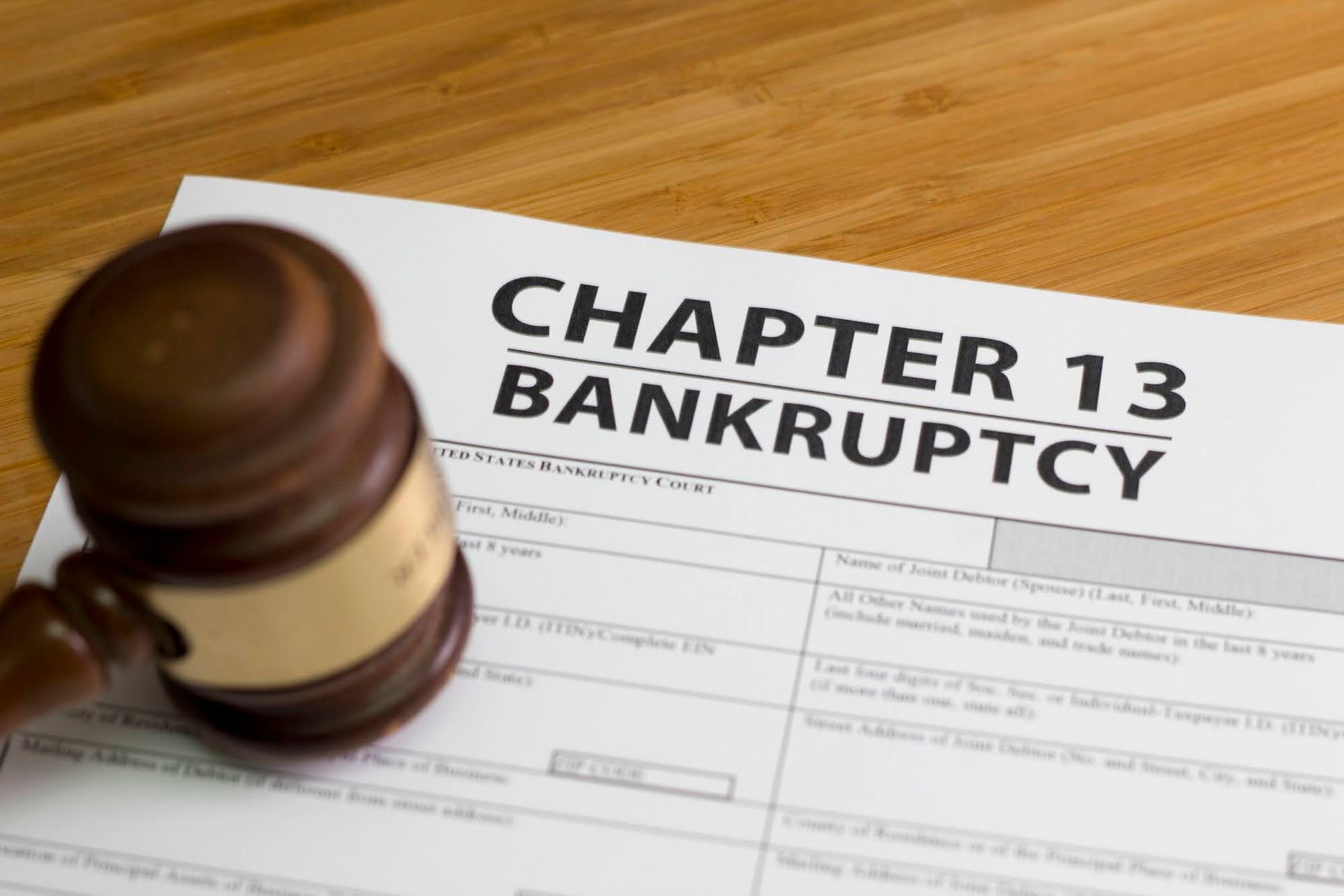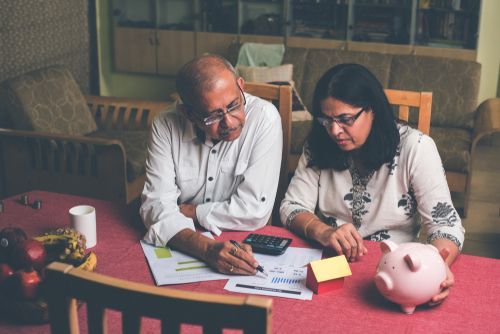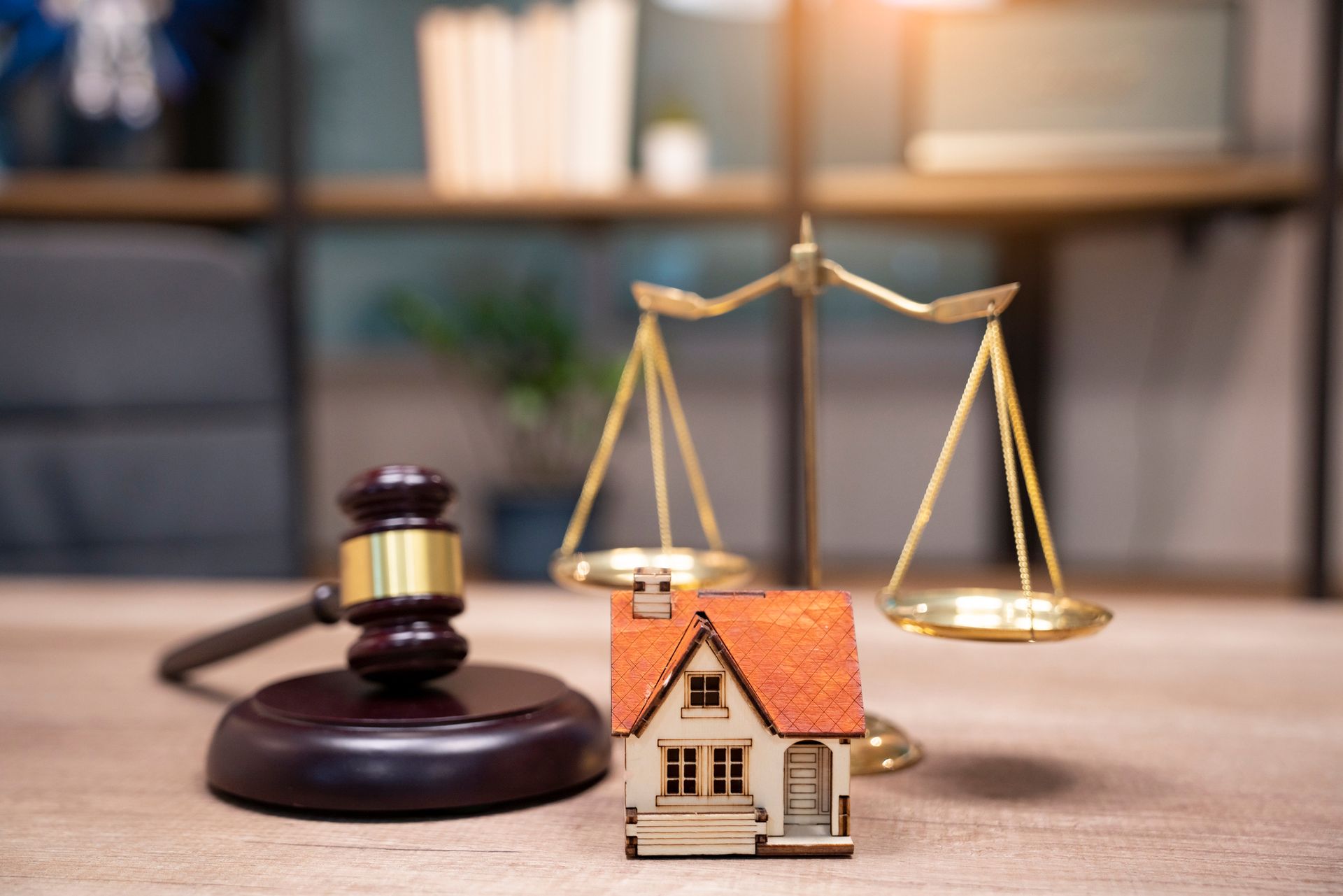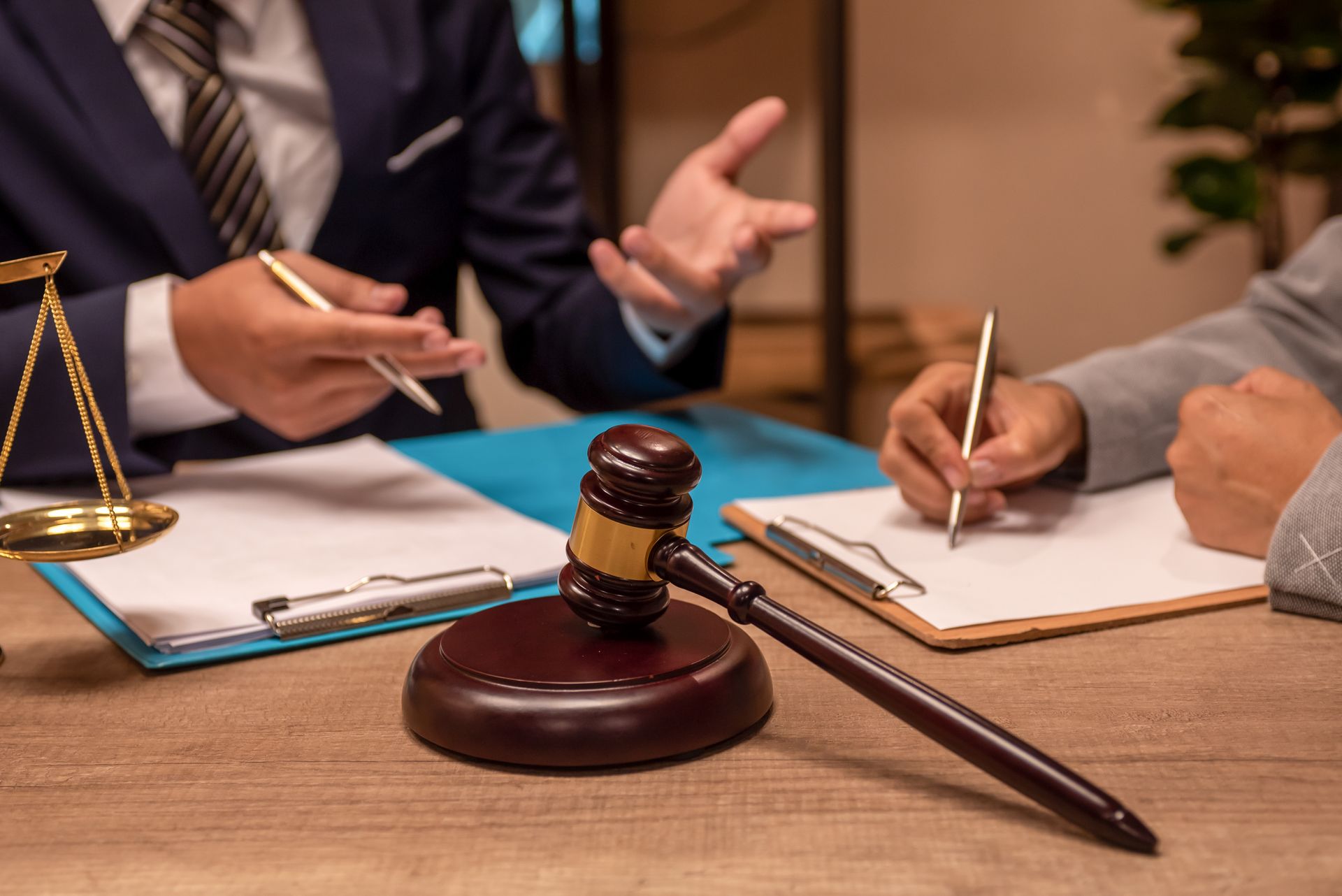Understanding the Rules of Chapter 13 Bankruptcy

In the labyrinth of financial despair, amidst the shadows of mounting debts, Chapter 13 bankruptcy shines as a beacon of hope for individuals and families struggling with their fiscal burdens. But what does it really entail, and how can it be the pathway to a stable financial future?
Navigating the complexity of bankruptcy law is no small feat, which is why demystifying Chapter 13's rules is paramount for those considering, or already committed to, this significant financial rehabilitation. It's a chapter of the legal code that offers a unique narrative of you taking charge of your financial narrative.
The Foundation of Chapter 13
At its core, Chapter 13 bankruptcy is a reorganization plan that allows you to propose a schedule to repay all your debts over a period of three to five years. It's designed for individuals with a regular income who can see a light at the end of their debt tunnel with a structured plan.
An Active Participant in Your Debt's Destiny
Unlike Chapter 7, where assets may be liquidated, Chapter 13 allows you to keep your property and instead, structures a repayment plan that fits your income and expenses. You become an active participant in repaying your debts under the umbrella of the Bankruptcy Court.
The Power of the Automatic Stay
Once you've filed for Chapter 13, an 'automatic stay' goes into effect. This temporary respite puts a pause on creditors' collection actions, such as debt collection calls and home foreclosures. This breathing room can allow you to work on crafting your repayment plan.
Crafting Your Plan Under Chapter 13
Your plan is the heart of Chapter 13 bankruptcy. It must be filed with the court and set out how you intend to repay your creditors. The success of your plan lies in its intricate design.
Determining Disposable Income
A fundamental step is calculating your disposable income — what's left after necessary living expenses. This income determines the amount you'll pay to creditors each month during the payback period.
The Alphabet Soup of Debt Classes
Not all debts are created equal in Chapter 13. They're categorized into 'secured,' 'priority unsecured,' and 'non-priority unsecured.' Your plan must show how you're paying each class of creditor — for secured debts, like mortgages or car loans, you may have to pay the full amount, just like a regular monthly bill. For unsecured debts, the amount may vary.
Realistic and Feasible Repayment Schedules
Your plan must be more than a wish; it must be a realistic expectation of what you can afford. This involves careful negotiations with your attorney to create a plan that is accepted by the court and feasible within your means.
Interacting With Creditors and the Trustee
Transparency and communication are key when it comes to creditors and the court-appointed trustee in a Chapter 13 case. It's not a solitary process—it's a collaborative effort to get your finances back on track.
The Importance of Full Disclosure
You are legally required to provide all necessary financial information to the court and your trustee. Withholding information could result in the dismissal of your case.
Attendance at the Meeting of Creditors
Shortly after you file for Chapter 13, you must attend the 'meeting of creditors.' This is a chance for creditors to ask questions about your proposed plan, though it's often more procedural than adversarial.
Making Plan Payments Promptly
Consistency is your ally. Missing plan payments can lead to the dismissal of your case, leaving you vulnerable to the full weight of your creditors' collection efforts.
The Endgame of Chapter 13
Reaching the finish line of a Chapter 13 bankruptcy is both liberating and a testament to your financial discipline. It's a controlled demolition of debt that paves the way for financial healing.
The Chapter 13 Discharge
Upon successfully completing your repayment plan—meeting all financial obligations during the payback period—you’ll receive a discharge for most remaining debts, providing a fresh financial start.
Dismissal — The Unfortunate Outcome
If, for some reason, you cannot complete your Chapter 13 plan, your case will be dismissed, and creditors can resume collection activities. However, you may be able to file again or convert to Chapter 7, depending on your circumstances.
Rebuilding Credit After Chapter 13
Rebuilding credit post-bankruptcy is not immediate, but it's an essential continuation of your responsibility toward a solid financial future. Each action to rebuild credit is a step toward restoring your financial health.
The rules of Chapter 13 bankruptcy form a structured framework through which those buried in debts can rise and reclaim financial control. It is a story of reorganization, commitment, and redemption. For those considering this legal avenue, meticulous understanding and preparation are the tools that will render the desired outcome — a future unshackled from the burdens of the past. To learn more about Chapter 13 bankruptcy, contact our office today. Remember, Chapter 13 is not the end; it's the gateway to a new beginning.










